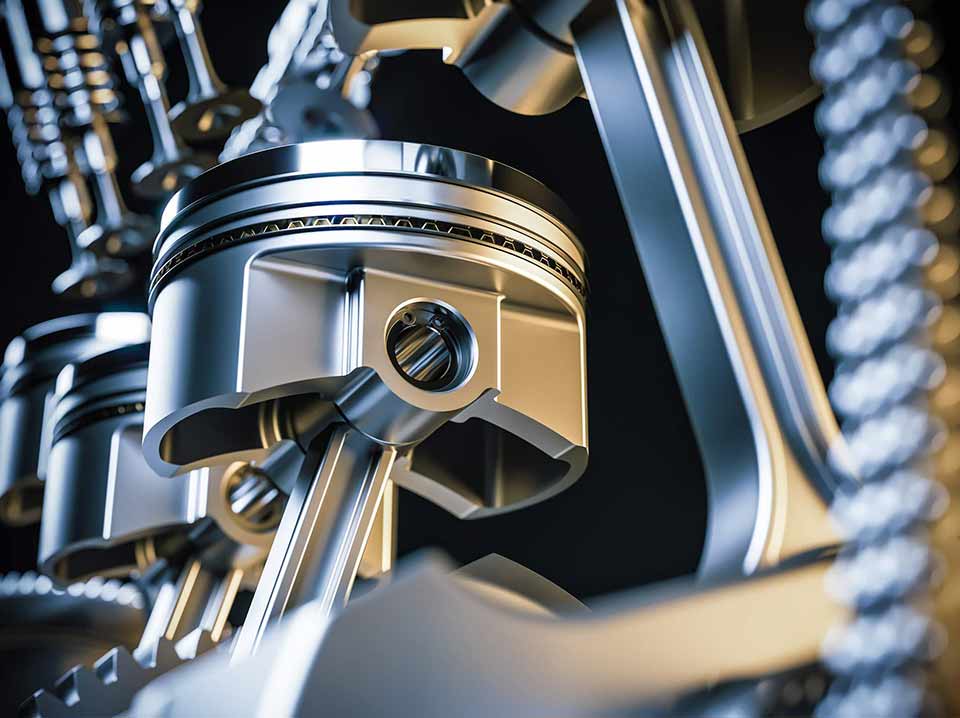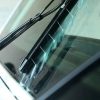The Role of Piston Rings in Engine Performance: A Comprehensive Guide
Introduction:
Welcome to the official blog of KETSUMI In this article, we will explore the importance of piston rings in an engine and how they contribute to its overall performance. Whether you’re a car enthusiast or a professional mechanic, understanding piston rings and their impact on engine efficiency is crucial. So, let’s dive into the world of piston rings and uncover their significant role in optimizing engine performance.
Section 1: What Are Piston Rings and How Do They Function?
Piston rings are essential components located on the outer circumference of the piston, within the engine cylinder. Their primary function is to seal the combustion chamber, ensuring maximum compression and preventing the leakage of gases during combustion. Additionally, piston rings help regulate oil distribution, enhance heat transfer, and reduce friction between the piston and cylinder wall.
Section 2: Importance of Piston Rings for Engine Performance
2.1 Compression and Power:
Piston rings create a tight seal between the piston and cylinder wall, allowing the engine to maintain optimal compression within the combustion chamber. This seal ensures maximum transfer of combustion pressure to the crankshaft, resulting in improved power output and overall engine performance.
2.2 Oil Control:
Piston rings also play a crucial role in regulating oil consumption and distribution within the engine. They prevent excessive oil from entering the combustion chamber while ensuring proper lubrication between the piston and cylinder wall. Effective oil control helps to minimize oil consumption, reduce emissions, and maintain the longevity of the engine.
2.3 Heat Transfer and Cooling:
Piston rings aid in transferring heat from the piston to the cylinder wall, contributing to efficient cooling of the engine. By facilitating heat dissipation, piston rings help prevent overheating and ensure optimal operating temperatures, thereby enhancing the engine’s durability and performance.
Section 3: Common Piston Ring Issues and Maintenance Tips
3.1 Ring Wear and Cylinder Wall Scoring:
Over time, piston rings can experience wear due to constant friction against the cylinder wall. This wear can lead to reduced sealing ability, decreased compression, and potential oil consumption. Regular inspection and replacement of worn piston rings are crucial to maintain optimal engine performance and prevent further damage to the cylinder wall.
3.2 Carbon Deposits:
Carbon deposits can accumulate on the piston rings, affecting their movement and sealing capabilities. This can lead to compression loss, reduced power, and increased oil consumption. Regular engine maintenance, including proper fuel and oil additives, can help minimize carbon deposits and preserve the performance of piston rings.
3.3 Proper Installation and Ring End Gap:
During piston ring installation, ensuring the correct positioning and proper ring end gap is essential. Improper installation can lead to ring damage, reduced sealing, and inefficient combustion. Following manufacturer guidelines and using the appropriate tools during installation is crucial to avoid such issues.
Section 4: Conclusion
Piston rings are integral components of any internal combustion engine, playing a vital role in optimizing compression, power output, and overall engine performance. Understanding their function and the need for regular maintenance and replacement is key to ensuring a reliable and efficient engine.
At KETSUMI, we recognize the importance of high-quality piston rings for optimal engine performance. We offer a wide range of piston rings and piston-related components to meet your specific engine requirements. Contact us today for all your piston ring needs!
Remember, a well-maintained piston ring system leads to improved compression, increased power, reduced oil consumption, and a longer engine lifespan.
Stay tuned for more insightful articles and updates from KETSUMI. Happy driving!





